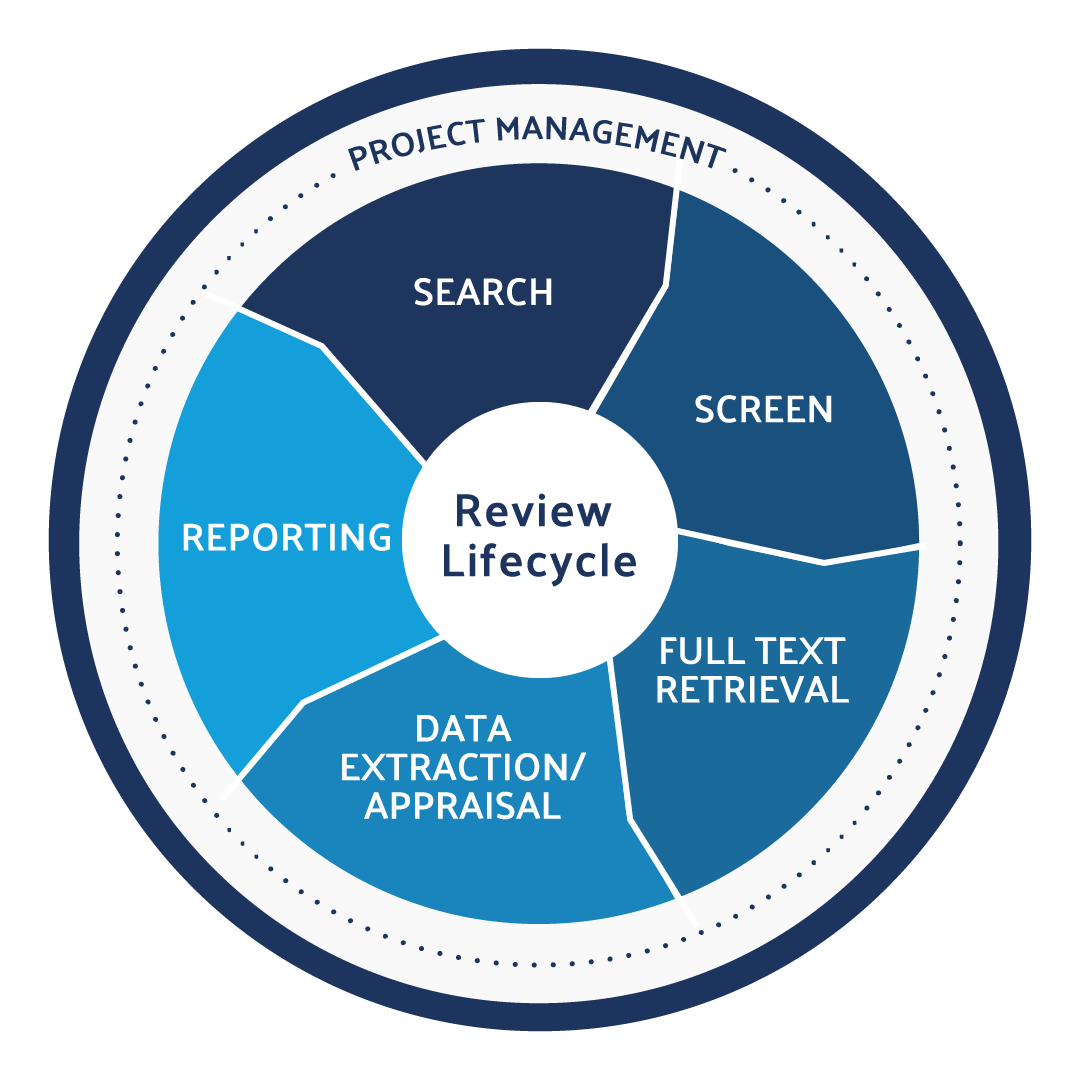What Is a Clinical Evaluation?


Use DistillerSR to produce CER and PER literature reviews in an efficient, audit-ready, and compliant way.
A clinical evaluation is the proactive, continuous assessment and examination of medical devices using scientific methods to determine their safety and efficacy in relation to their intended purposes and claims made against each product. As a manufacturer of medical devices, you must continuously evaluate the safety and effectiveness of your devices and prepare detailed clinical evaluation reports that you can use as evidence of compliance with the available medical industry rules and regulations. These clinical evaluation reports become necessary when conducting a CER literature review to provide evidence on the effectiveness, safety, and benefits of your medical devices.
The growing number of new medical devices being released to the market around the world has prompted authorities in the medical industry to increase regulatory oversight to ensure that the devices being sold to medical facilities and patients meet the required standards. Therefore, they continually update their regulations to ensure they are consistent with the advancing technologies.
For example, the European Union (EU) recently introduced a new medical diagnostics regulation called the In-Vitro Diagnostic Regulation (IVDR), which requires all medical device manufacturers and companies selling these devices in the EU to receive clinical evidence, conduct a post-market evaluation of their devices and define the technologies they incorporate. The predecessor guideline was the In Vitro Diagnostic Directive (IVDD), which is less stringent but had regulated the EU medical industry since 1993.
Because the IVDR is still going through the implementation phases, some articles of the IVDD are still applicable. Therefore, manufacturers need to find out how their medical devices can remain in line with the two regulations. Find a detailed analysis of IVDR versus IVDD to learn the details of the two guiding principles and how they affect your medical devices–the new regulation requires medical devices to be reviewed by a Notified Body (NB) to ensure they are safe and effective before they are released to the market. Therefore, you must submit an accurate clinical evaluation report to the NB for review. But why is clinical evaluation important?
Learn More About DistillerSR
(Article continues below)
Importance of Clinical Evaluation
As noted above, both the IVDD and IVDR require medical device manufacturers to conduct regular clinical evaluations for their devices to ensure they remain compliant with the existing regulations and are safe and effective. Clinical evaluations help assess and review available information on medical devices and provide evidence of their safety and performance. Specifically, clinical evaluations provide ample evidence by comparing prospective devices with state-of-the-art products on the market and citing substantial scientific literature and clinical data, to thoroughly vet prospective device safety and performance.
Under the IVDR, every manufacturer of medical devices must conduct a pre- and post-market clinical evaluation related to the proposed use of the devices. Manufacturers can include information specific to their devices and data from other similar devices. After conducting a thorough clinical evaluation, manufacturers need to prepare a clinical evaluation report that they will hand to the relevant authority for review.
Clinical evaluation should continue throughout the lifespan of devices on the EU market. Under the new regulation, clinical evaluation plays an important role in the marking of medical devices. This evaluation is also aligned with risk management and post-market study. Clinical evaluation reports are essential for literature and systematic reviews because they provide reviewers with sufficient evidence of the safety and performance of your devices. These reviews are important for defining risk management processes.
Clinical Evaluation Process
A comprehensive clinical evaluation report is needed to support your medical devices approved for the EU market. The process of preparing a clinical evaluation report involves several key steps, including:
- Identifying the regulatory requirements to be backed by the clinical information
- Identification of available clinical information for the medical devices under evaluation and state-of-the-art for proposed use
- Determining the availability of clinical information for the safety and effectiveness of the devices under evaluation
- Generating additional clinical information if the available data is not sufficient
- Determining the safety and effectiveness of the device under evaluation, as well as its benefit-to-risk ratio
Once manufacturers have ascertained that the available data set is scientifically valid and relevant to the clinical evaluation, they can prepare the final report. The report summarizes the analyzed data to provide strong scientific and clinical evidence for compliance and conformity assessment and the NB will rely on this report to determine whether a prospective medical device meets the set standards for approval for the EU market.
Lastly, please understand that manufacturers are not only required to submit a detailed CER for the EU market only but also for other markets globally. In the United States, the Food and Drug Administration (FDA) agency requires all medical device manufacturers to submit a pre-market approval (PMA) report annually.








